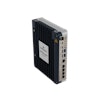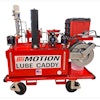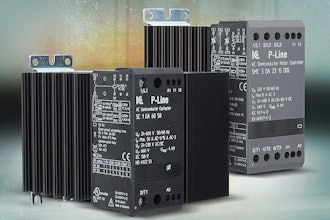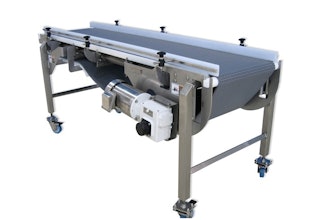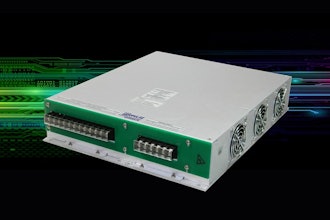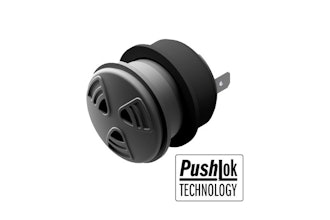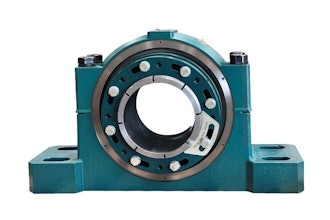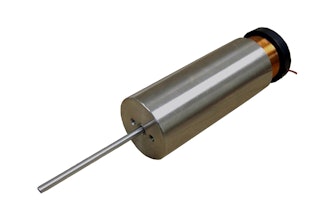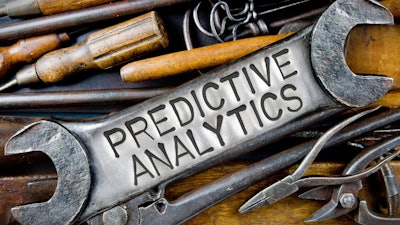
Labor shortage. Global competition. Increasing cost pressure. The urgent need to bring better products to market faster.
The manufacturing world has no shortage of challenges. The industry is waking up to the promise of AI and the adoption of advanced analytics applications such as anomaly detection, real-time quality monitoring, and supply chain optimization. Deloitte recently reported in a survey on manufacturing AI adoption that 93 percent of companies believe AI will be a crucial technology to drive growth and innovation in the sector.
Predictive Analytics is increasingly seen as the panacea to address manufacturing pain points. This AI-powered technique uses historical and real-time data to predict critical future outcomes, reduce risks, improve operations, cut costs, and increase revenue.
Gartner defines Predictive Analytics (PA) as a form of advanced analytics that examines data or content to answer the question “What is going to happen?” or, more precisely, “What is likely to happen?” Manufacturers can rely on PA to gain greater agility, deeper insights, and faster, more accurate decision-making.
The best way to get started is to use automated machine learning (AutoML) tools. AutoML platforms allow manufacturing domain experts and process technicians to automatically build, validate, and deploy predictive models at the touch of a button.
Streamlining Implementation
While PA can bring dramatic benefits to the manufacturing industry, implementing PA techniques in a manufacturing setting can be quite challenging for various reasons. First of all, the standard predictive analytics workflow based on AI and ML is complicated and laborious, with long lead times. A typical project involves data preparation, feature engineering, algorithm selection, model training, testing, and deployment and takes anywhere between 6-9 months.
Getting quality data in a manufacturing environment is very difficult as each manufacturing site can have multiple ERP and manufacturing execution systems. With disparate systems, cleansing and aggregating data, building features, and generating models manually can become tedious, expensive, and labor-intensive. By the time you perform training and validation, AI/ML models have a high likelihood of being already outdated.
Predictive analytics solutions built using traditional AutoML platforms are designed for data science professionals and are not easy to use for manufacturing teams. These platforms have a steep learning curve and are cumbersome to use. Often the vendors don’t provide sufficient training or education in data science and implement AI for everyday use cases.
With just-in-time production, many applications have low latency requirements that demand real-time processing. An ML system deployed under these harsh operating conditions should have streaming analytical capabilities to process data under one second (often millisecond processing). A batch processing approach will not work.
Finally, manufacturing sites may not allow cloud-based analytics due to the sensitive nature of data. An on-premises, edge deployment for remote, resource-constrained production environments provides significant advantages. However, many vendors cannot deploy models on the edge on small memory footprints such as edge servers or gateways.
Using All the Tools
Smart manufacturing requires real-time prediction capabilities for use cases such as inventory stocking for just-in-time production, quality monitoring, and anomaly detection. A traditional modeling approach gets very complicated, requiring significant investments in infrastructure. A key hurdle in AI-driven predictive analytics has been finding talent - data scientists, data architects, machine learning engineers skilled in building, testing, and deploying ML models. AutoML simplifies predictive analytics workflow,, and AI automation empowers operational experts to execute predictive modeling rapidly and efficiently.
Traditional AutoML platforms tend to adopt what is known as black-box approaches that generate minimal actionable insights resulting in a lack of accountability in the decision-making process. The solution to the transparency paradox is a new approach that involves using white-box models. White-box modeling implies generating transparent features and models that empower your AI team to execute complex projects with confidence and certainty.
White-box models (WBMs) provide clear explanations of how they behave, how they produce predictions, and what variables influenced the model. WBMs provide significant benefits in many predictive analytics use cases because of their transparent ‘inner-working’ modeling process and easily interpretable behavior. Explainability is very important in the manufacturing industry. By giving insight about how the prediction models work and the reasoning behind predictions, manufacturing organizations can build trust and increase transparency.
The next generation AutoML platforms, aka AutoML 2.0, enable predictive analytics for industrial manufacturing and are usable by the operations team without requiring additional data science resources. AutoML 2.0 tools can also leverage operators’ domain expertise to augment performance. Using supervised ML techniques AutoML 2.0 systems can find patterns in production data, identify deviations in quality, and empower SMEs to prevent a recurrence.
Working in tandem, AI automation and AutoML hide the pipeline complexities, automate feature engineering and other demanding steps of the AI process, enabling manufacturing teams to build predictive models in days instead of months. AI automation allows the manufacturing staff to focus on day-to-day jobs, automate data pre-processing, and feature engineering to build models at the click of a button.
Explainable AI and transparent features create trust and garner buy-in from domain experts. A Containerized prediction model allows real-time prediction capability and accelerates AI deployment at the edge on the manufacturing floor.
Few industries can benefit from predictive analytics more than the manufacturing sector. The sector generates enormous amounts of data, involves repetitive manual tasks, and presents multi-dimensional problems beyond the scope of many conventional tools. Whether it is improving quality, reducing downtime, or optimizing efficiency, AI-driven predictive analytics is the perfect technique to solve many complex manufacturing problems.
Ryohei Fujimaki, Ph.D. is the CEO and co-founder of dotData.
